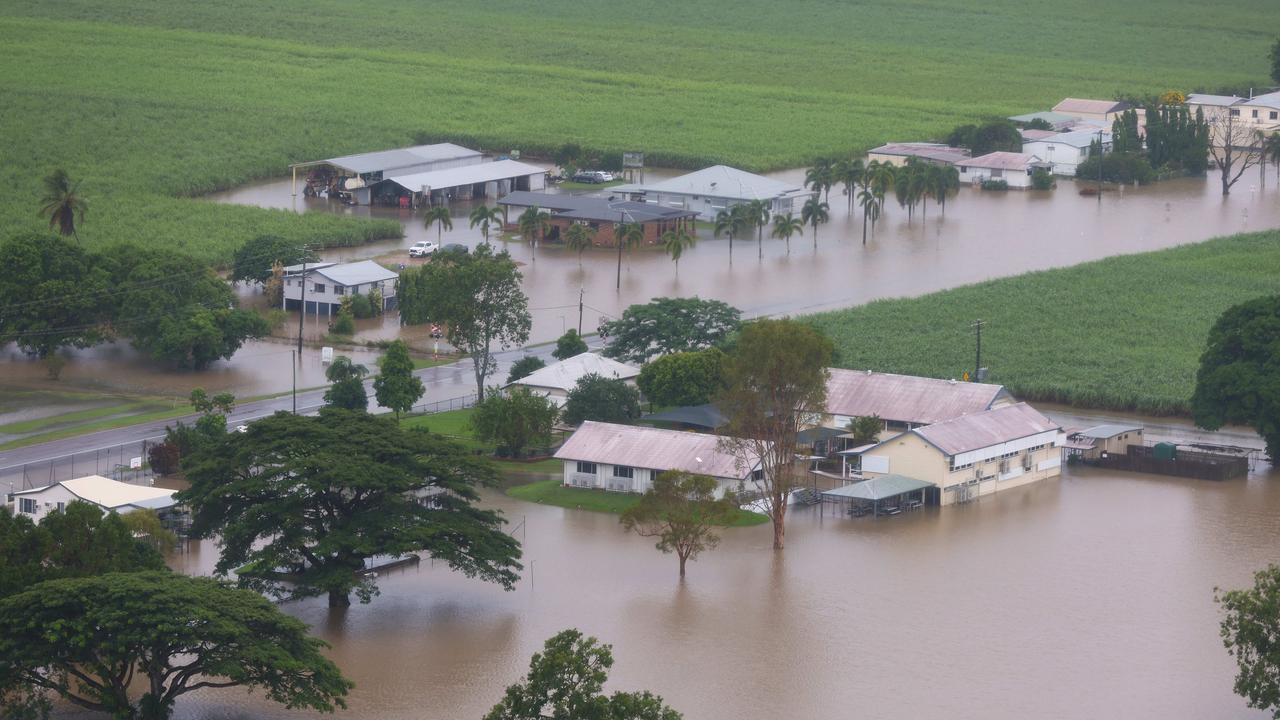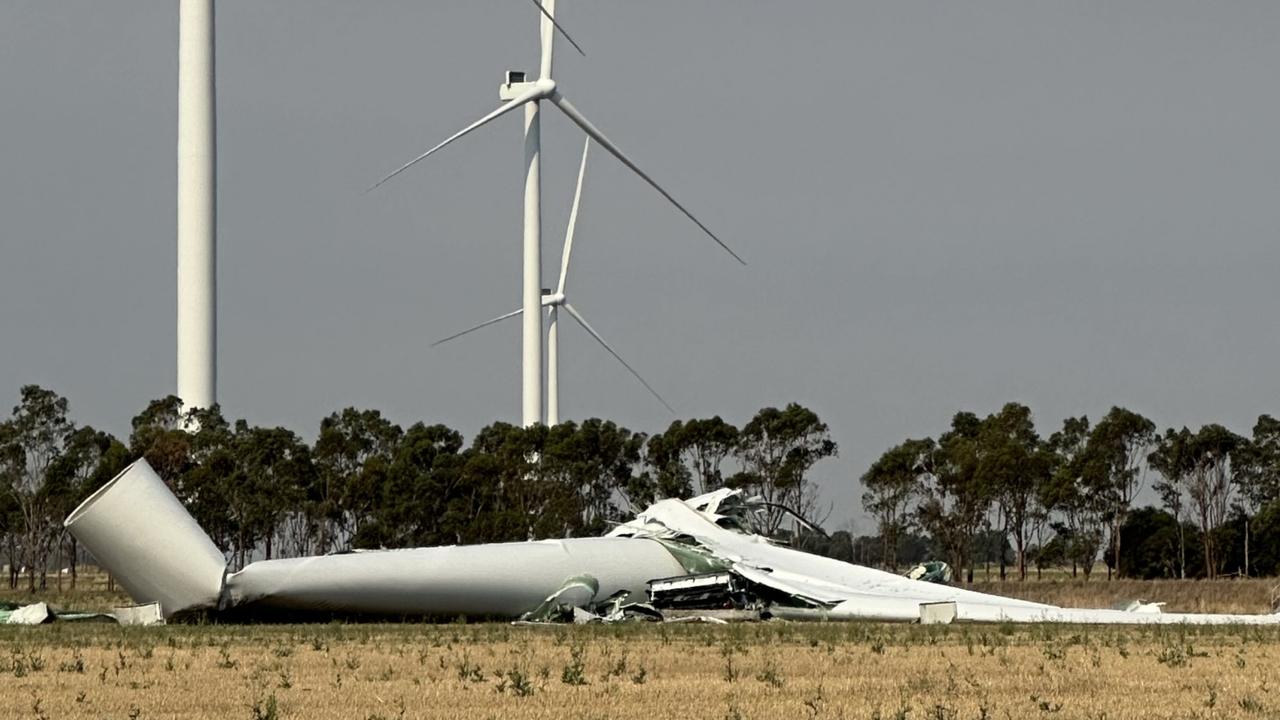Worst bushfire conditions ever seen: Unprecedented danger is ‘a firefighter’s nightmare’
Australia’s east is in the grips of an unprecedented bushfire emergency with conditions that could be worse than those before Black Saturday a decade ago.
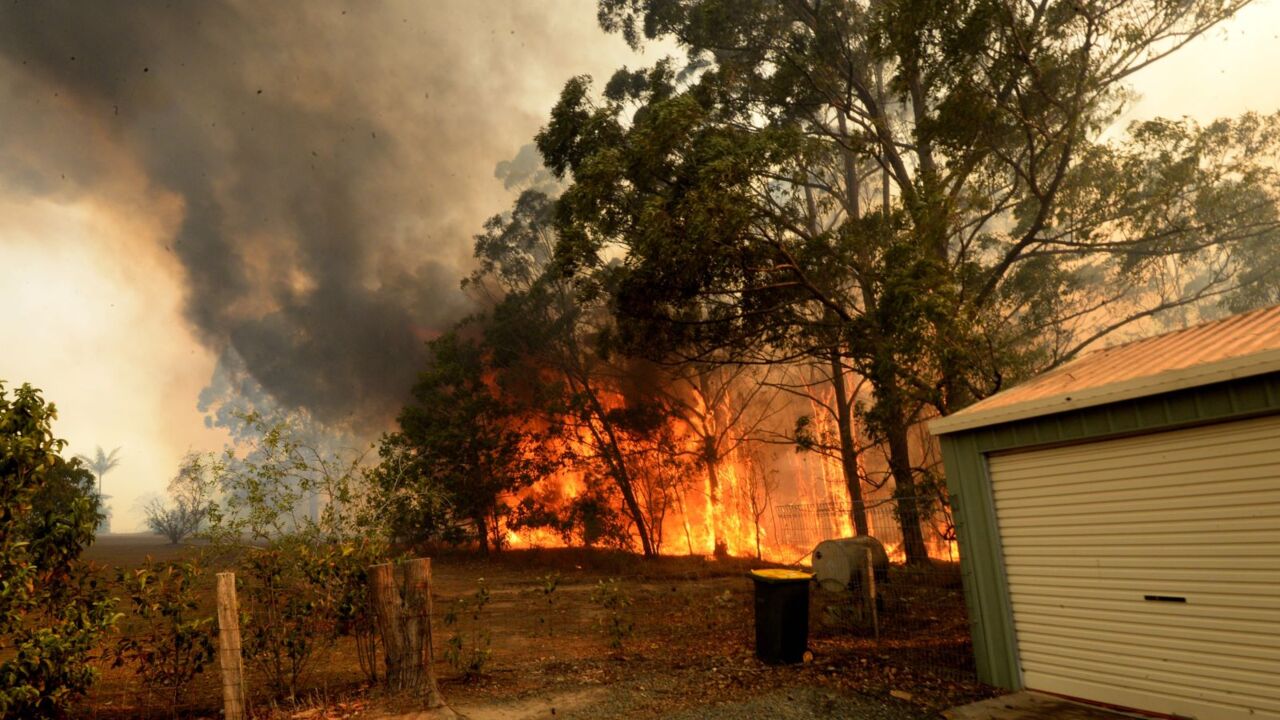
Catastrophic conditions in southern Queensland and across large parts of New South Wales could be worse than those in the lead-up to the deadly Black Saturday bushfires in 2009.
Experts warn the unprecedented fire danger facing many communities could result in widespread devastation and further loss of life, with the worst potentially yet to come.
“This is a firefighter’s worst nightmare,” Professor David Bowman, director of the Fire Centre Research Hub at the University of Tasmania, told news.com.au.
“We’ve got a large number of fires already in an extremely dry landscape, really dangerous fire weather, certain parts of NSW saturated in fire … this is very concerning.”
Authorities have described the outlook for the week ahead as the most dangerous they’ve seen.
Greater Sydney, Greater Hunter and the Illawarra/Shoalhaven face “catastrophic fire danger” today, with Rural Fire Service Commissioner Shane Fitzsimmons saying conditions are already deteriorating.
Professor Bowman said the situation is “as bad, if not worse” than the lead-up to Victoria’s Black Saturday disaster a decade ago, which saw 400 separate blazes burn through 450,000 hectares and claim 180 lives.
RELATED: NSW and Queensland brace for ‘catastrophic’ fire danger as weather conditions worsen
“This is new territory,” he said. “It’s firefighters saying that, the fire managers saying that, it’s the data saying that. This is very different.
“Think about the bush as a sponge. Even if it doesn’t get burnt, it continues to dry out. Until you soak it, until it gets a ‘recharge’, things get worse. The sponge gets so dry that all it takes is a spark and you’ve got a real danger.
“When you’ve already got fire in the landscape, plus a weather setup of strong winds and high temperatures, that is very serious.”
A “perfect storm” of critical factors have combined to present arguably the most serious threat ever seen.
RELATED: The Sydney suburbs in bushfire danger on a day of ‘catastrophic’ conditions
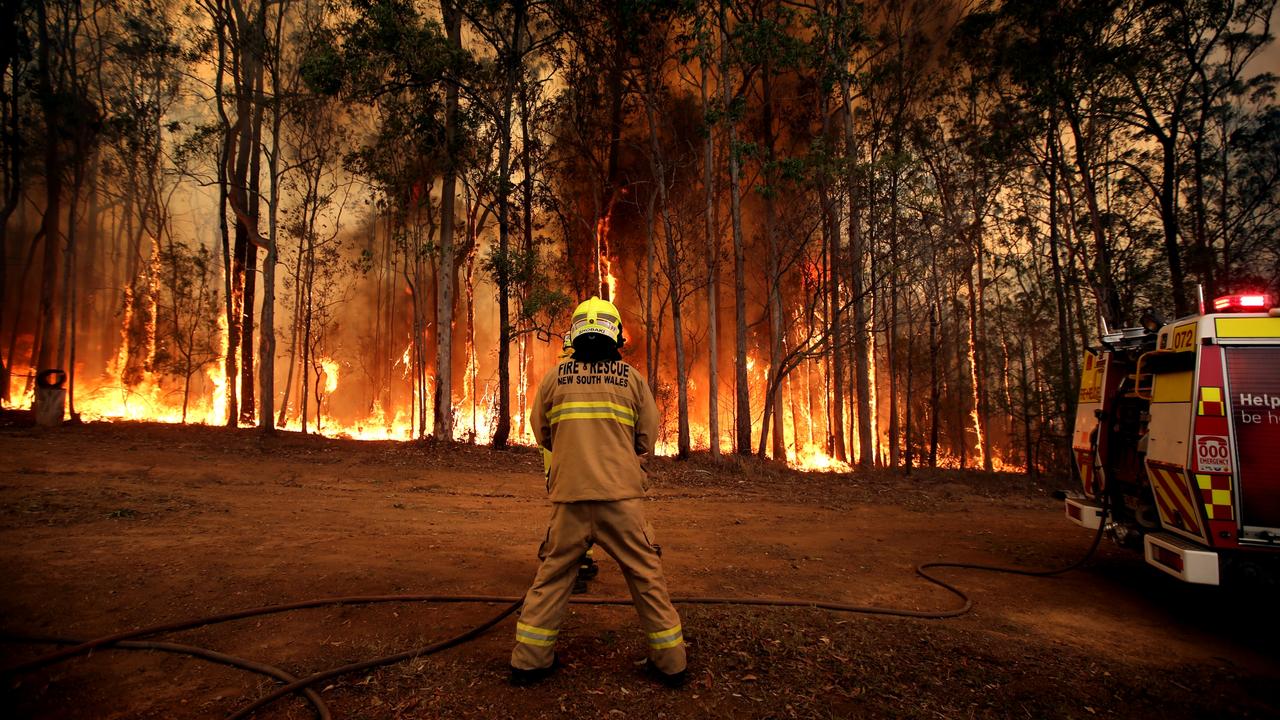
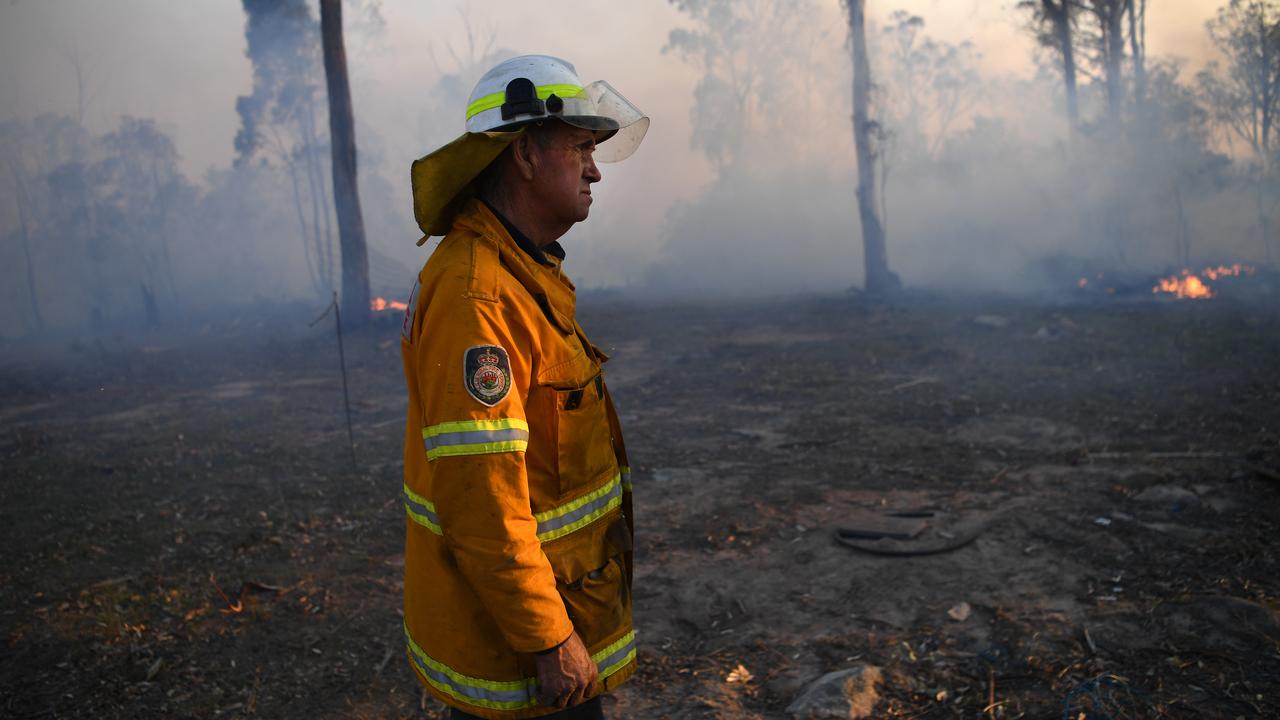
Paul Read, an expert in bushfires at Monash University, said the “seemingly unquenchable fires” already raging are unprecedented in their “sheer size”.
“(They are) reminiscent of some of Australia’s worst, described by survivors as ‘apocalyptic beasts’,” Dr Read said.
“Sadly, I expect more deaths (because of) the sheer size and, despite their best efforts, the stretching of emergency service capabilities.”
WHY THIS TIME IS DIFFERENT
Yesterday, former Fire and Rescue NSW Commissioner Greg Mullins created shockwaves when he declared in The Sydney Morning Herald that “this is not normal”.
“This year, by the beginning of November, we had already lost about as many homes as during the disastrous 2001-2002 bushfire season. We’ve now eclipsed 1994 fire losses,” Mr Mullins said.
“Fires are burning in places and at intensities never before experienced – rainforests in northern NSW, tropical Queensland, and the formerly wet old-growth forests in Tasmania.”
Richard Thornton, the chief executive officer of the Bushfire and Natural Hazards Cooperative Research Centre, agreed.
“Unfortunately we knew, along with the fire services, that this fire season had the potential to be devastating,” Dr Thornton said.
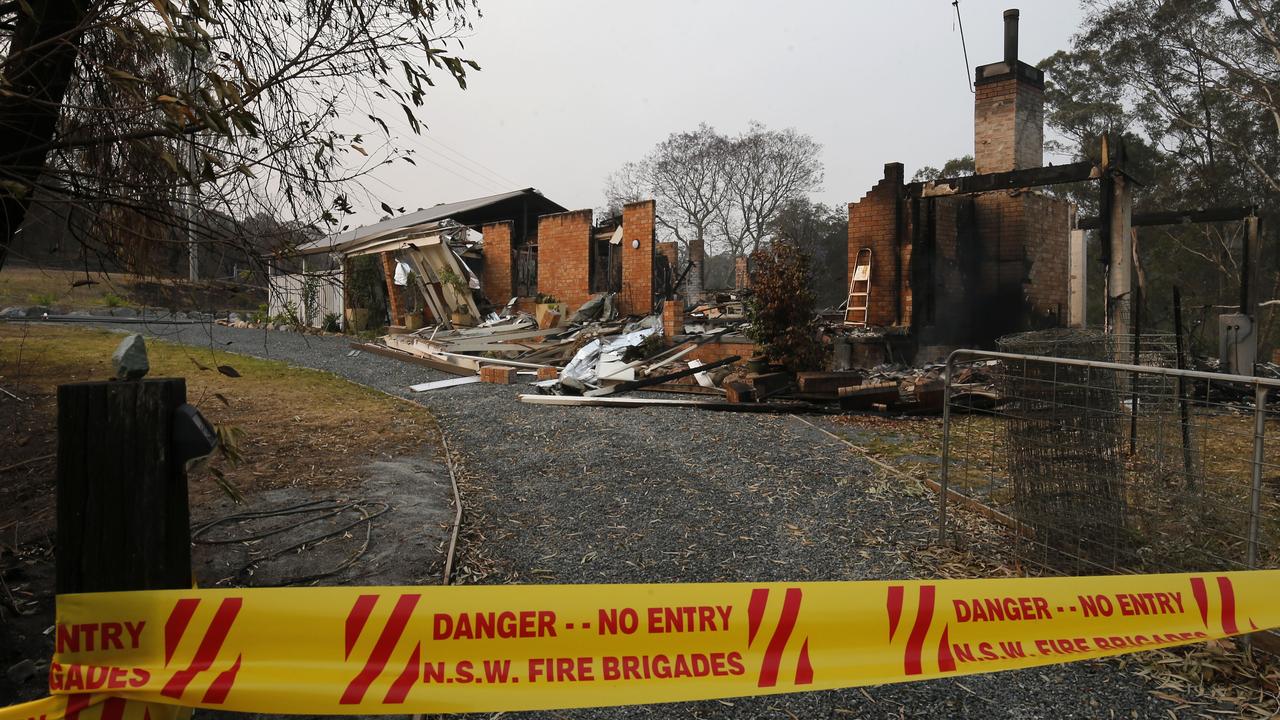

The organisation's seasonal bushfire outlook, released in August, warned of an above-average bushfire potential along the east coast of Queensland and NSW, as well as in the ACT, Victoria and Tasmania.
“This fire season is influenced by the warm and dry conditions we’ve been experiencing all year,” Dr Thornton said.
“In southeast Queensland and northern NSW, the last three years have been dry and warm – it is these conditions that are driving the severity of the current bushfires.
“When preceding conditions have been like this, and the bush and grass is so dry, it doesn’t take much for a fire to get going once the wind is up. Unfortunately that is what we’ve seen, not just in recent days, but over the last few months.”
These bushfires began burning much earlier than usual, Dr Read said, and are almost certain to get worse as Summer approaches.
“I also think it will expand northwards and southward across the whole of the eastern seaboard,” he warned.
Drought and extreme dry conditions in bushland means fuel is already quite crisp, Dr Read said. The landscape is also plunging further into a hot cycle.
RELATED: Live updates – state of emergency as firefighters face first catastrophic day

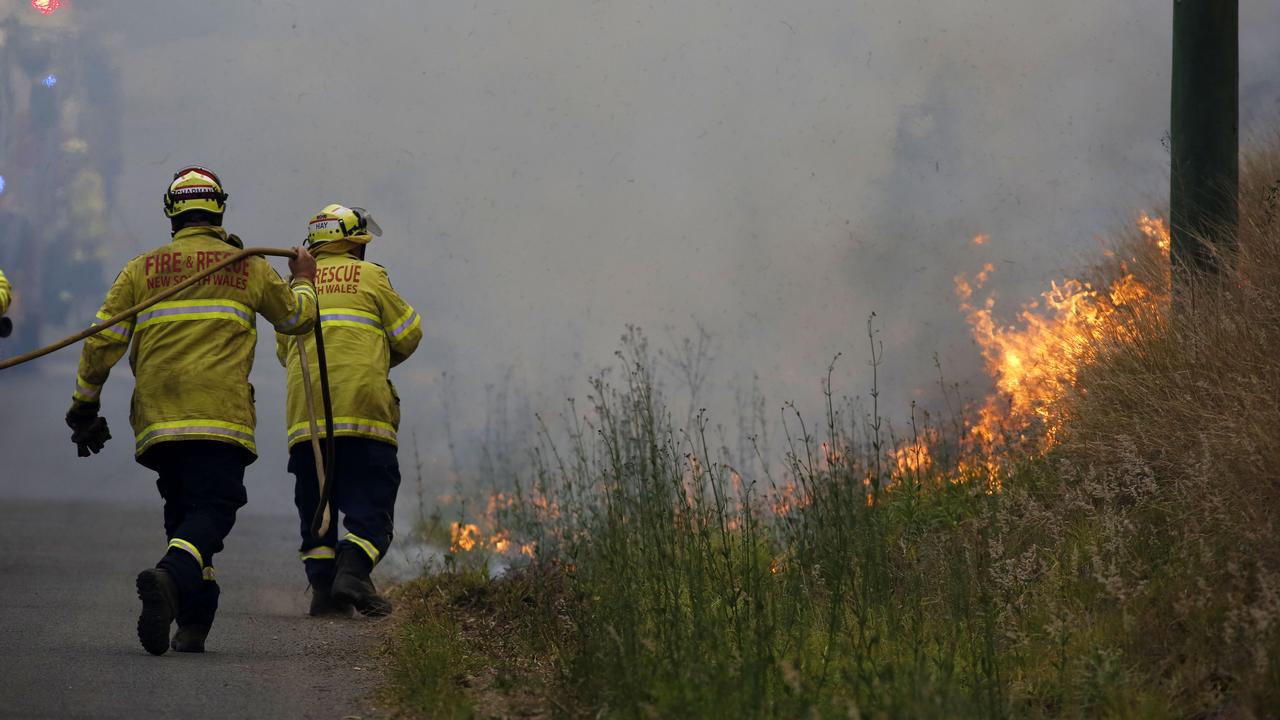
Jim McLennan, a bushfire safety researcher at La Trobe University, said the areas where the fires are burning are also outside the norm.
“These areas have rarely had intense fires because of their moist soils and vegetation,” Professor McLennan said.
“However, the fire situation is consistent with our new world of bushfire threat associated with climate change. Residents have previously not had to contend with such intense fires threatening so many locations.
“Levels of property preparation to resist ember attack, and household readiness to evacuate, are both likely to be lower than desirable.”
THINGS MUST CHANGE NOW
In April, Mr Mullins and 22 other former fire emergency chiefs wrote a joint letter to Prime Minister Scott Morrison requesting an urgent meeting about a looming disaster.
The group expressed its concern about the additional danger poses by climate change and the “increasingly catastrophic extreme weather events putting lives, properties and livelihoods at greater risk”.
Mr Mullins sent a follow-up letter to the PM in September, repeating his request to sit down to address the “matter of national significance and high priority”.
These are the letters sent by former NSW Fires Chief Greg Mullins and 22 other former emergency chiefs to the Prime Minister in April and September predicting a bushfire crisis and requesting a meeting. #nswfires #auspol pic.twitter.com/djhHjHknAe
— Zoe Daniel (@zdaniel) November 9, 2019
In recent days, a number of politicians – from NSW Premier Gladys Berejiklian to Deputy Prime Minister Michael McCormack – have attacked the issue of climate change being raised.
They say it’s not the time to discuss it while fires continue to rage.
“Fire scientists are reluctant in some ways to be talking about these issues during a fire event, but we don’t talk about it outside of fire events,” Professor Bowman said.
“These are extreme weather-driven events. There’s a big climate component – it’s not the only reason and there are other factors involved. But climate is a big part of it.
“In the heat of the moment, we see this fairly shallow political pointscoring. It’s great that politicians are talking about bushfires, but it doesn’t really have the depth that it needs.
“I really hope that after this event, things can calm down and we can have a more nuanced and more enduring political debate.”

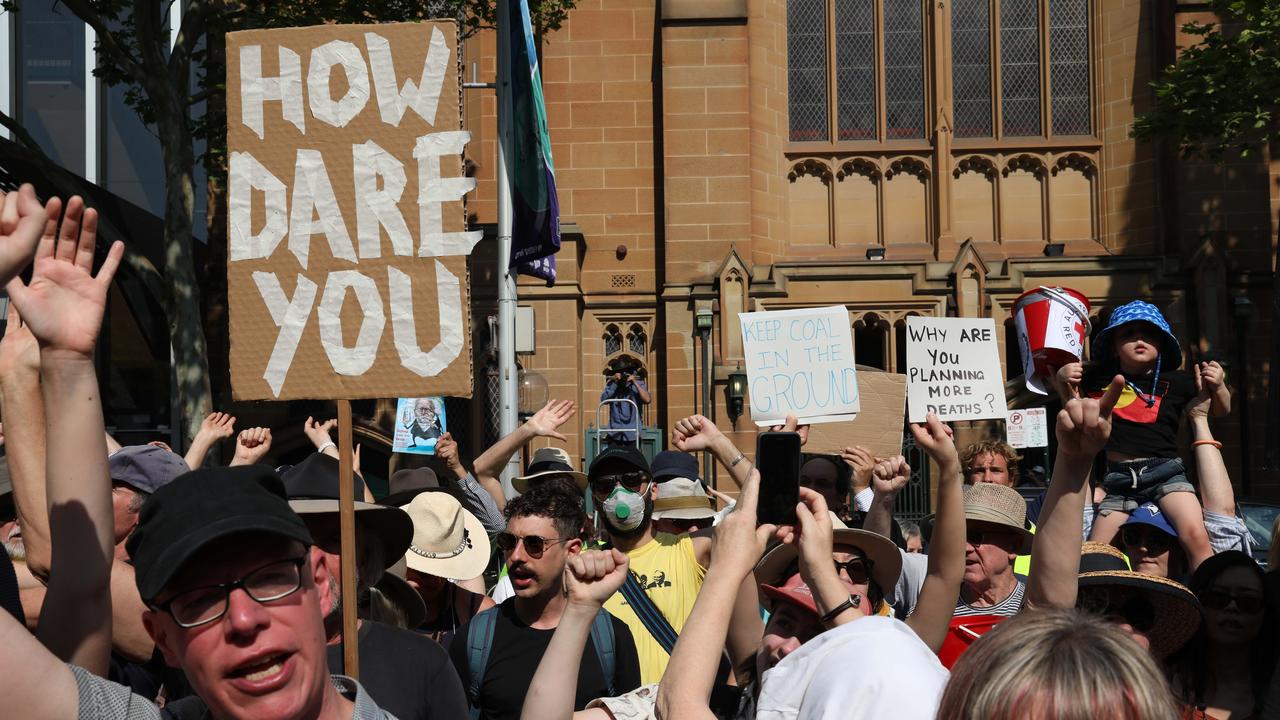
Dr Thornton said it’s no longer acceptable to “keep doing things the same” when the threats continue to change.
It’s no longer possible for fire authorities to be sure of what’s possible in seasonal cycles, he said.
“We need to focus on mitigation from climate change. This is an area in critical need of further research into weather prediction, land planning, infrastructure development, population trends, and community awareness.
“Yes, climate change is causing more severe weather, but demographic changes are having an equal impact and deserve just as much of our attention.”


